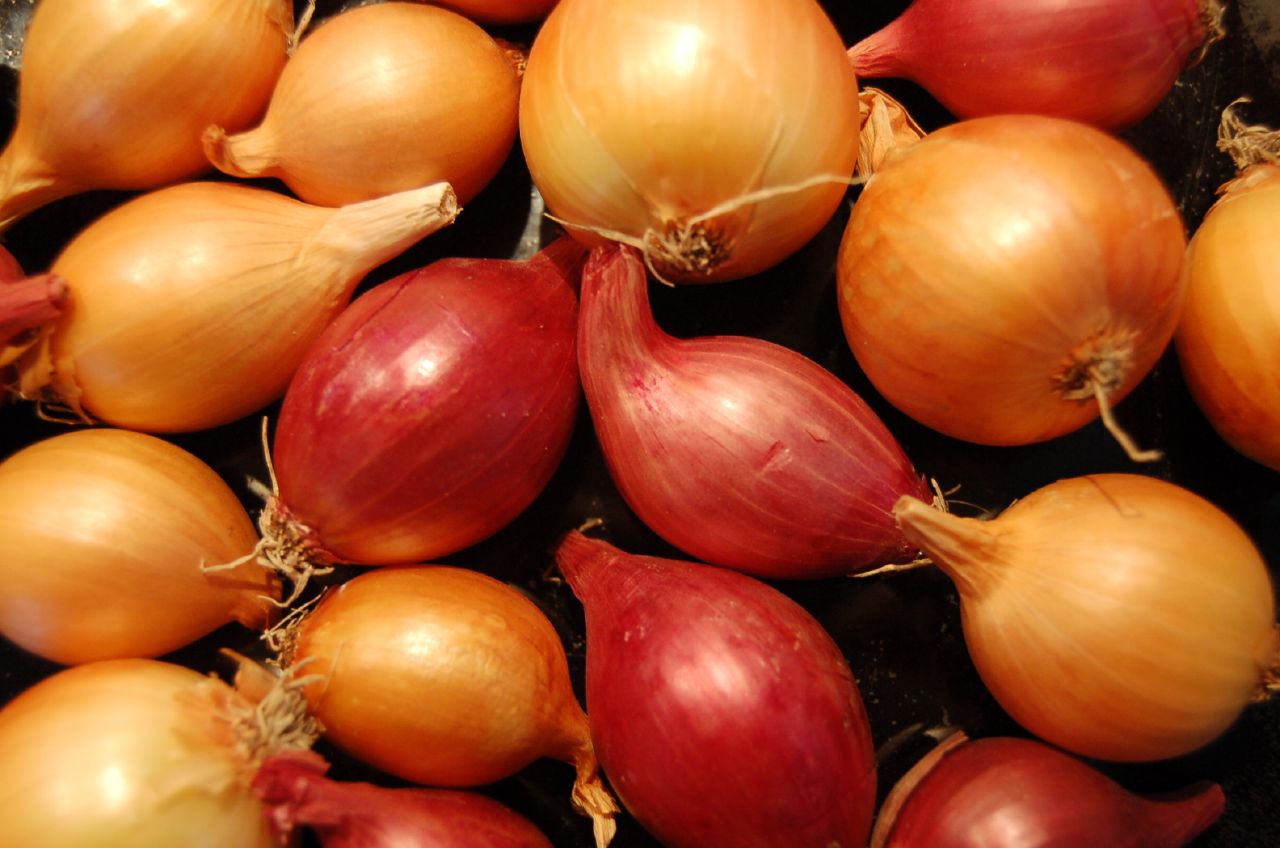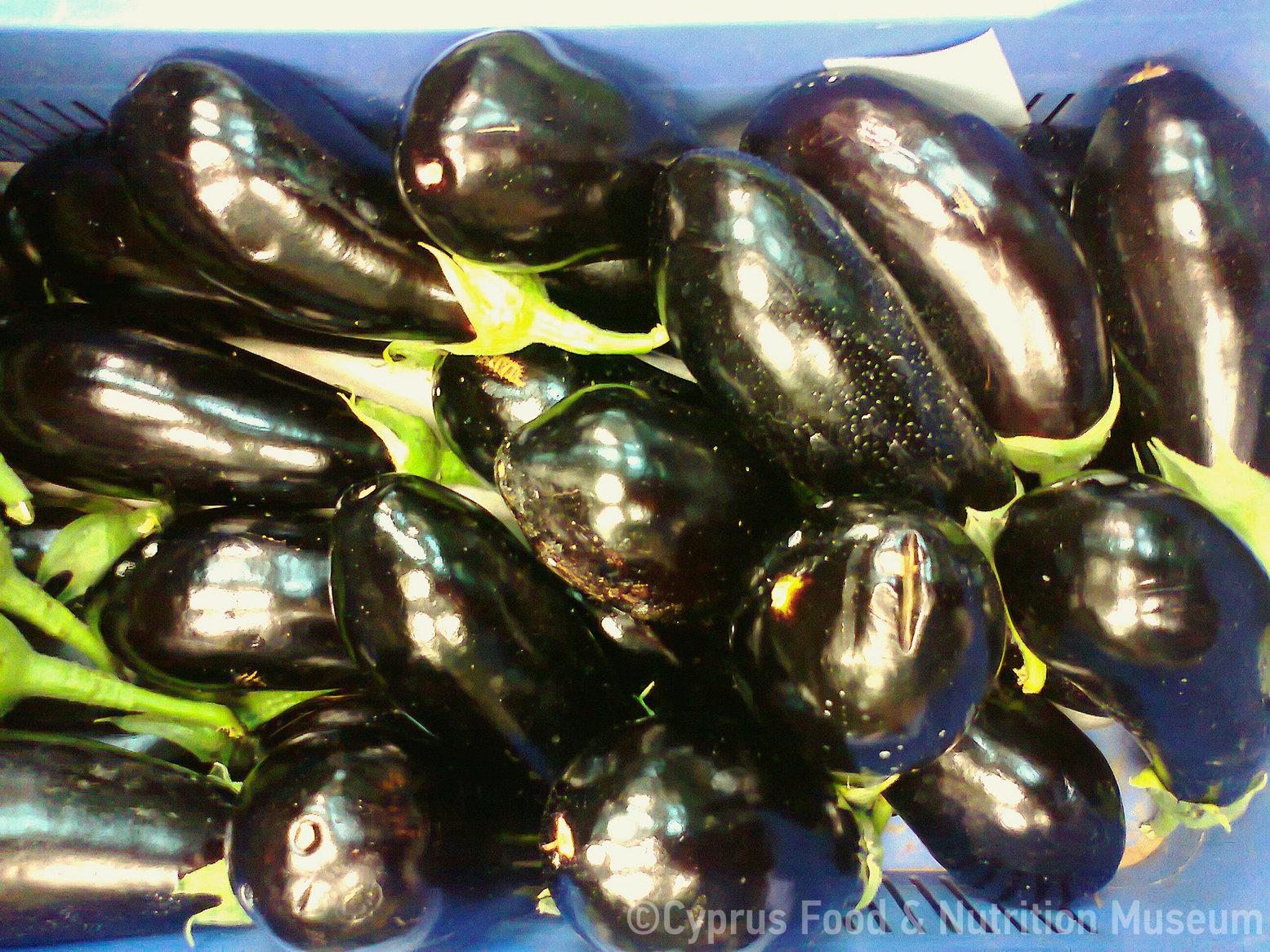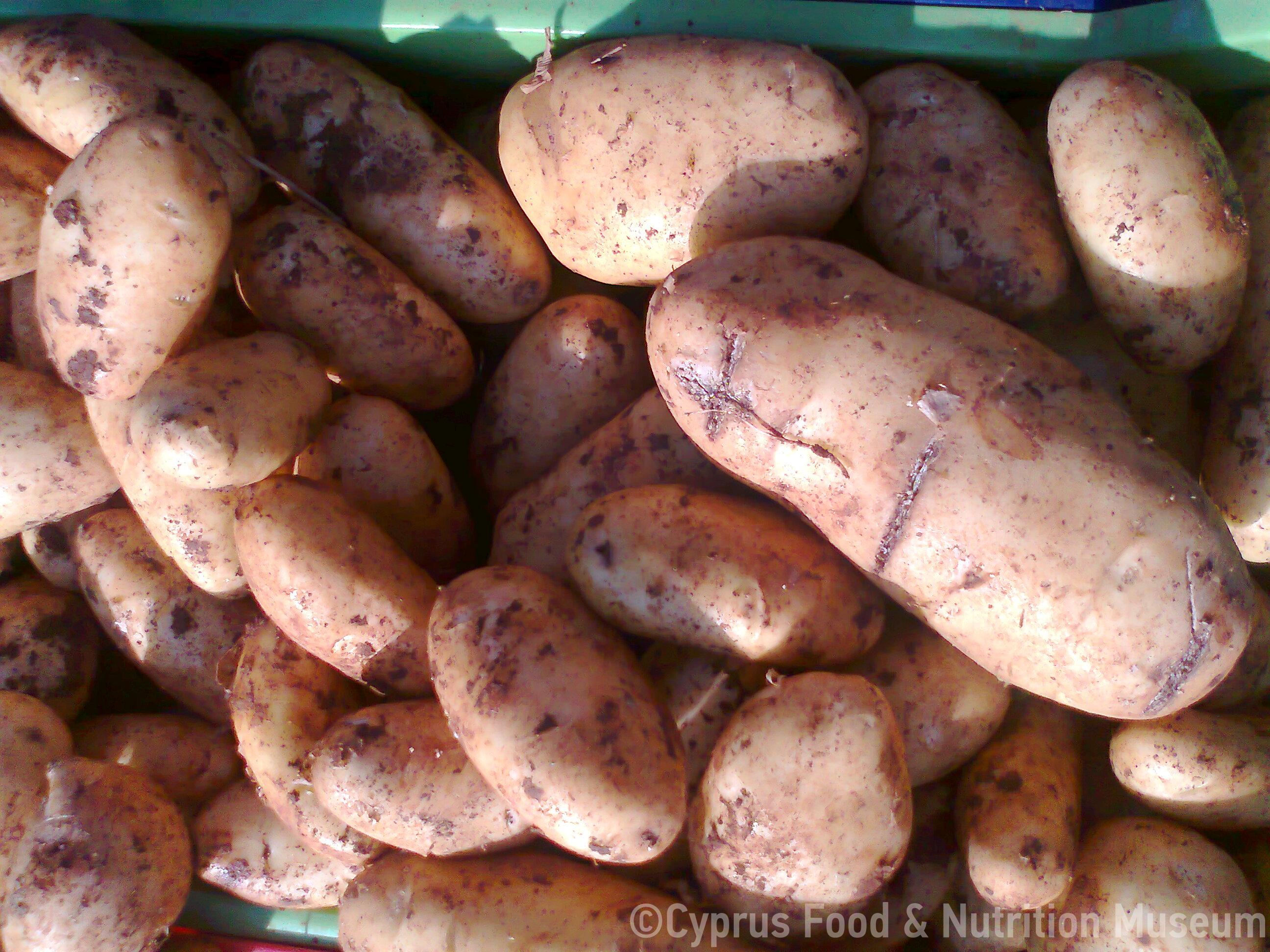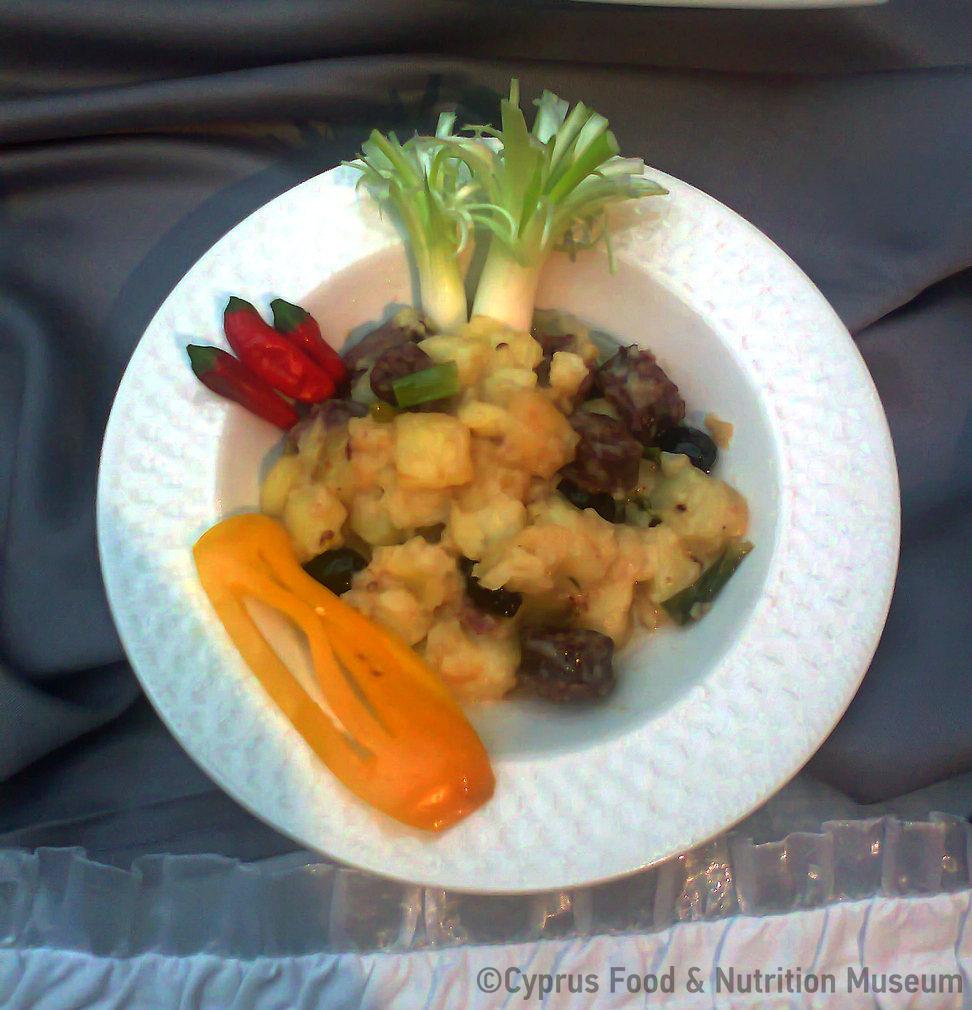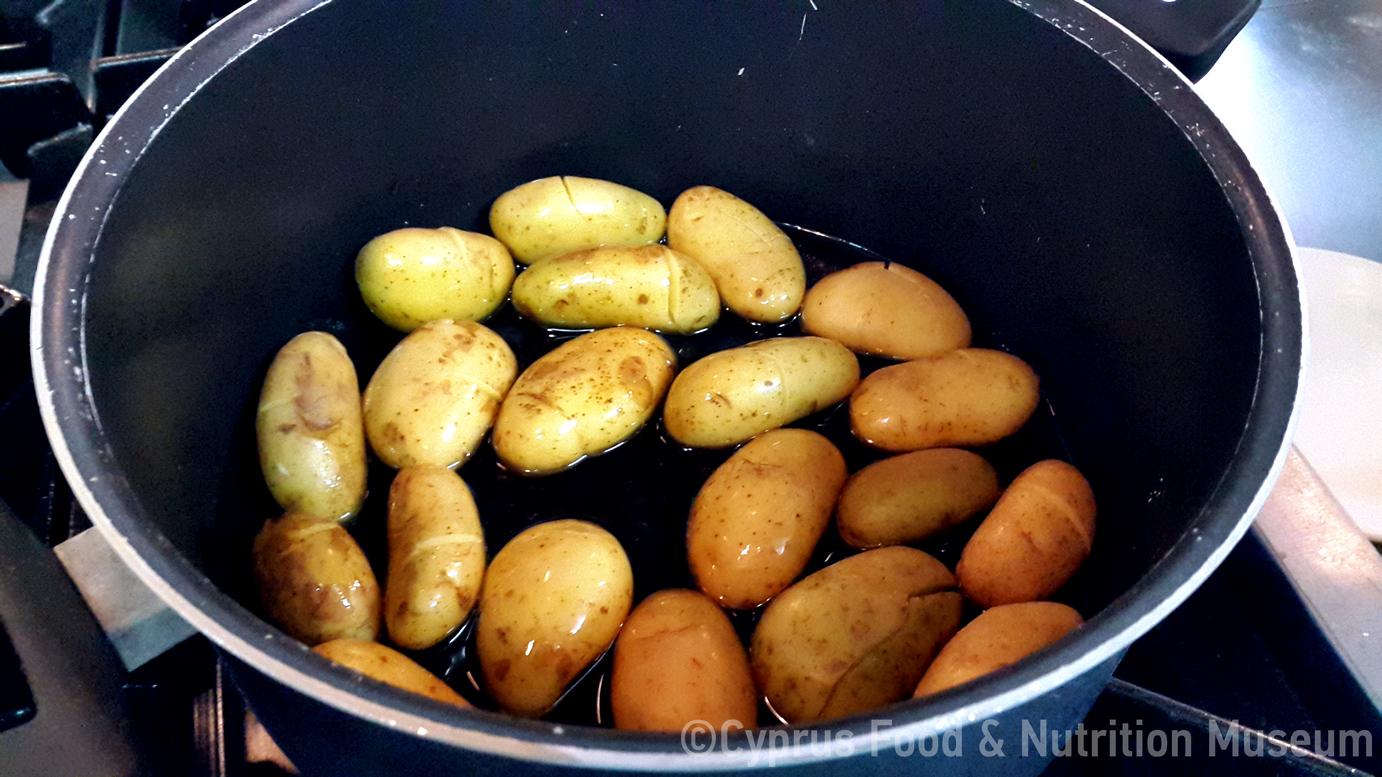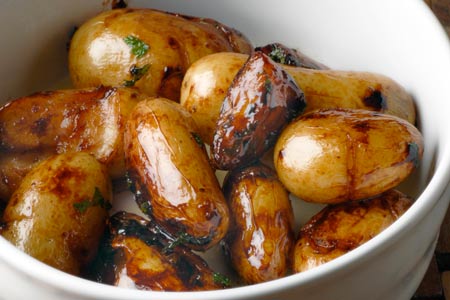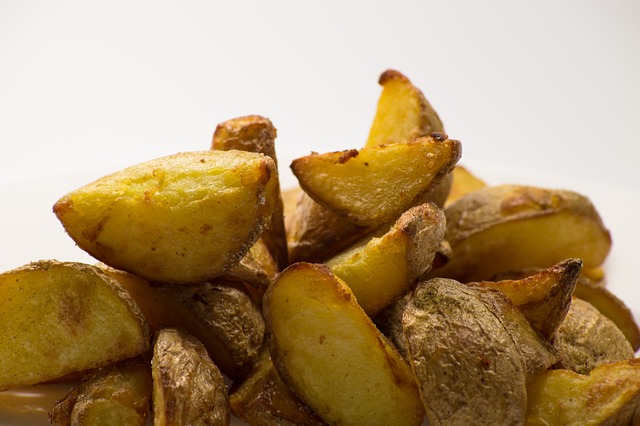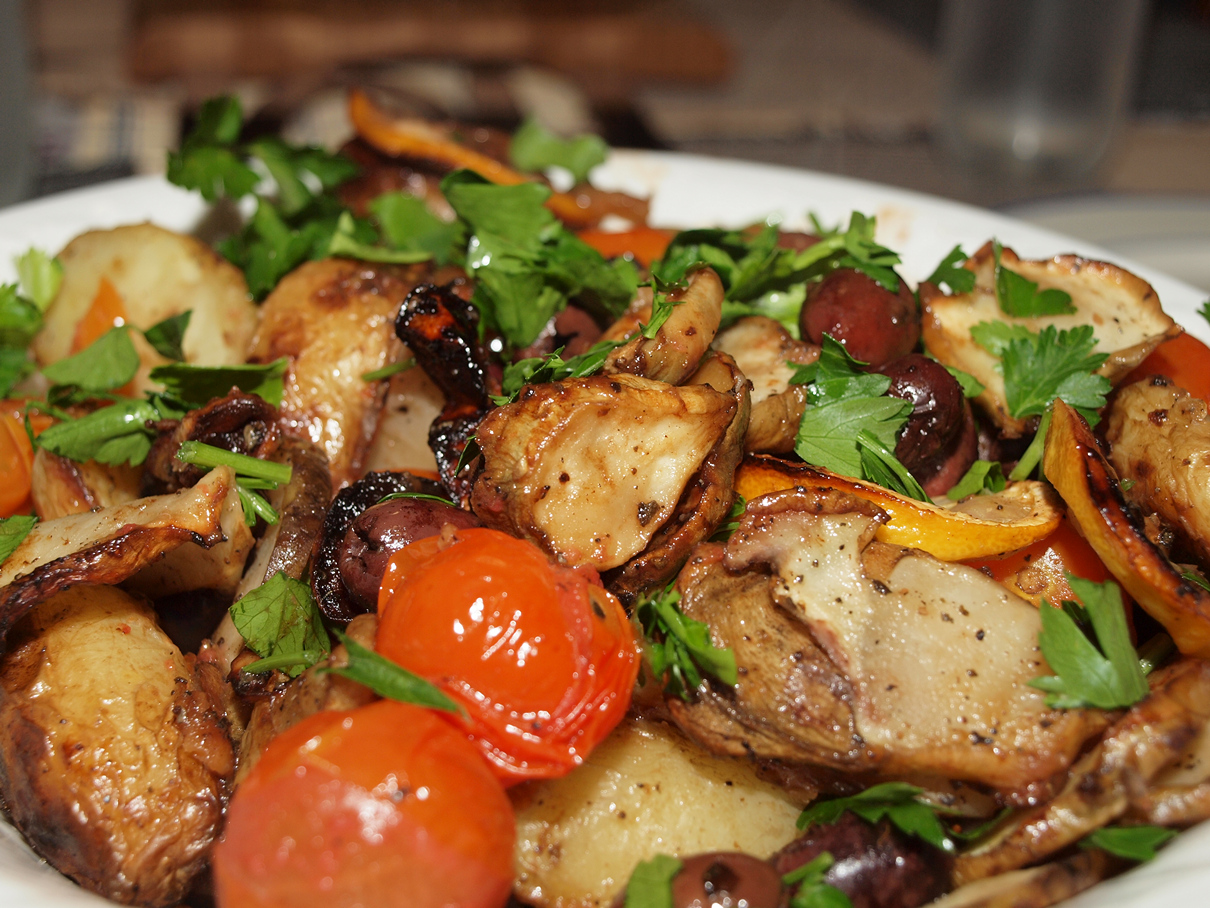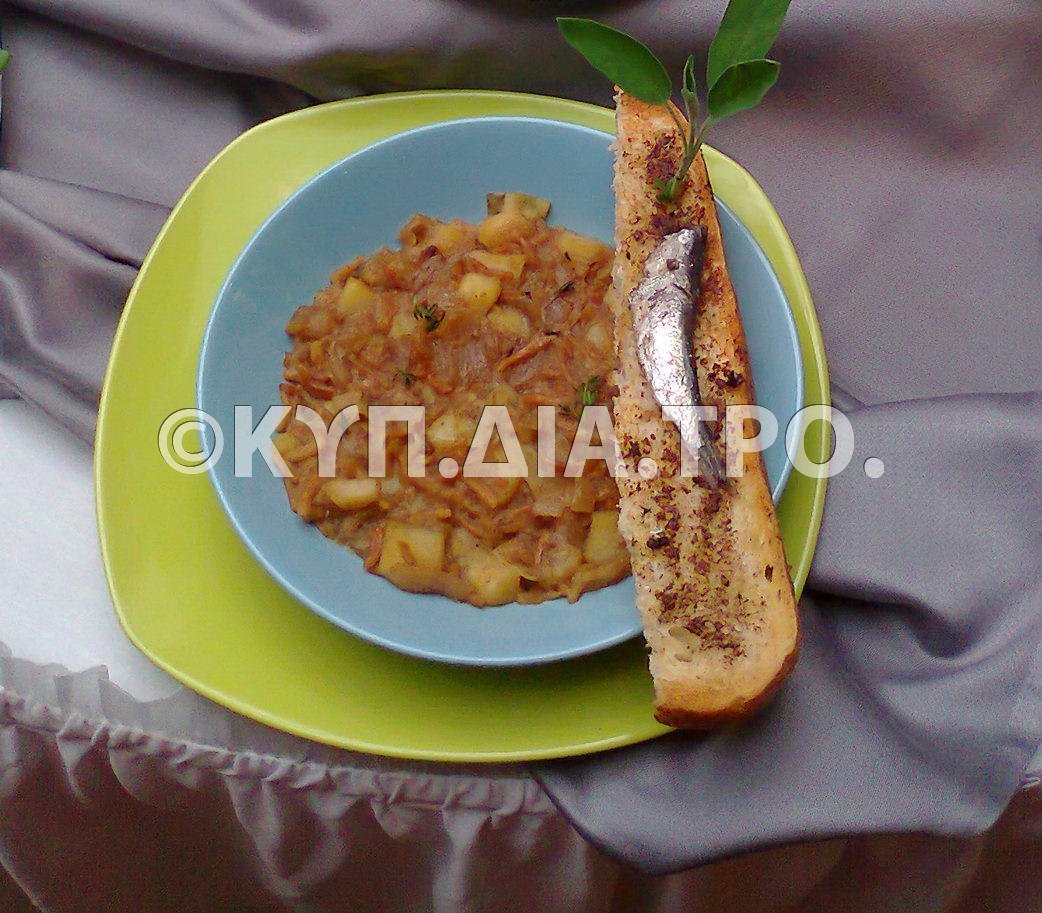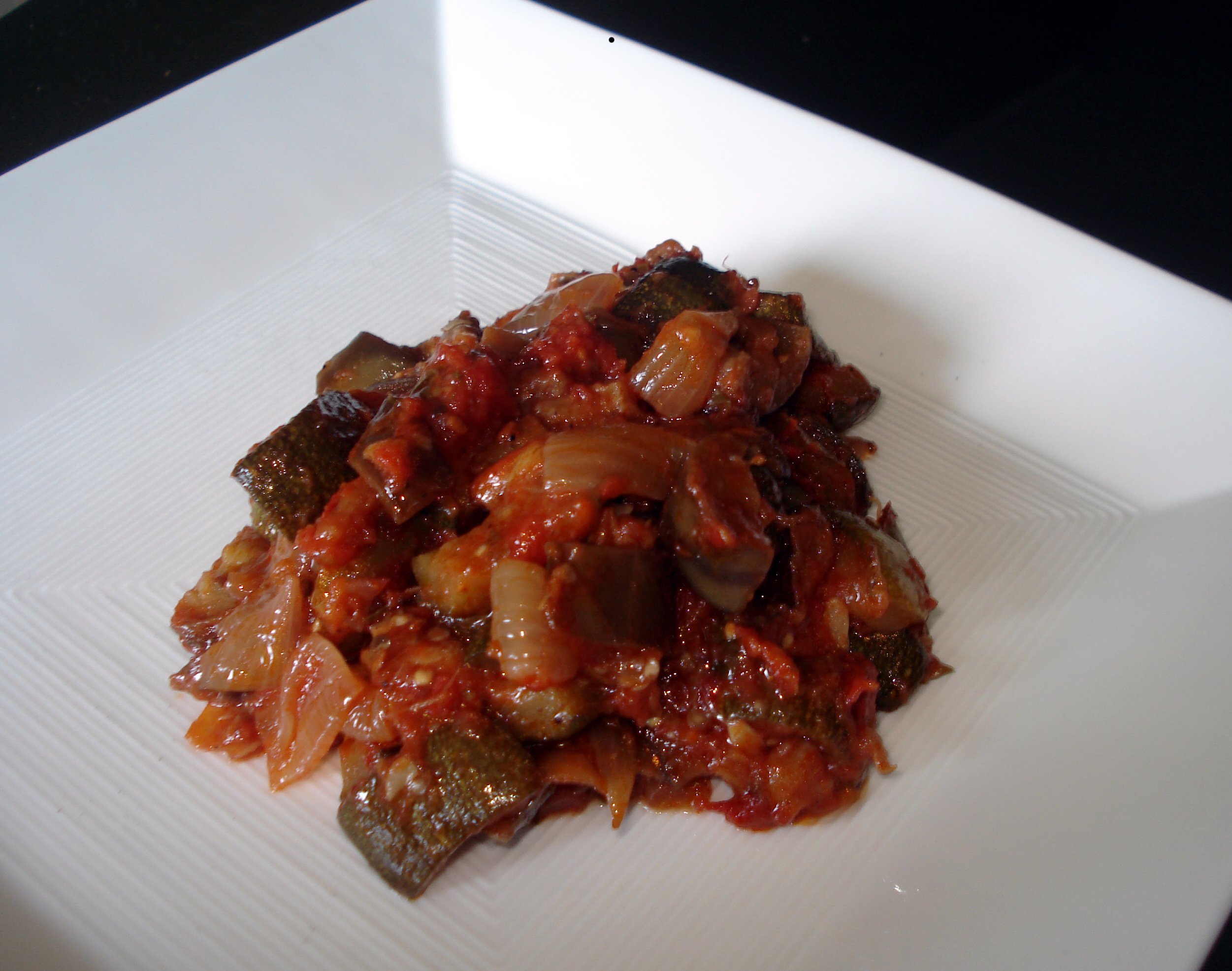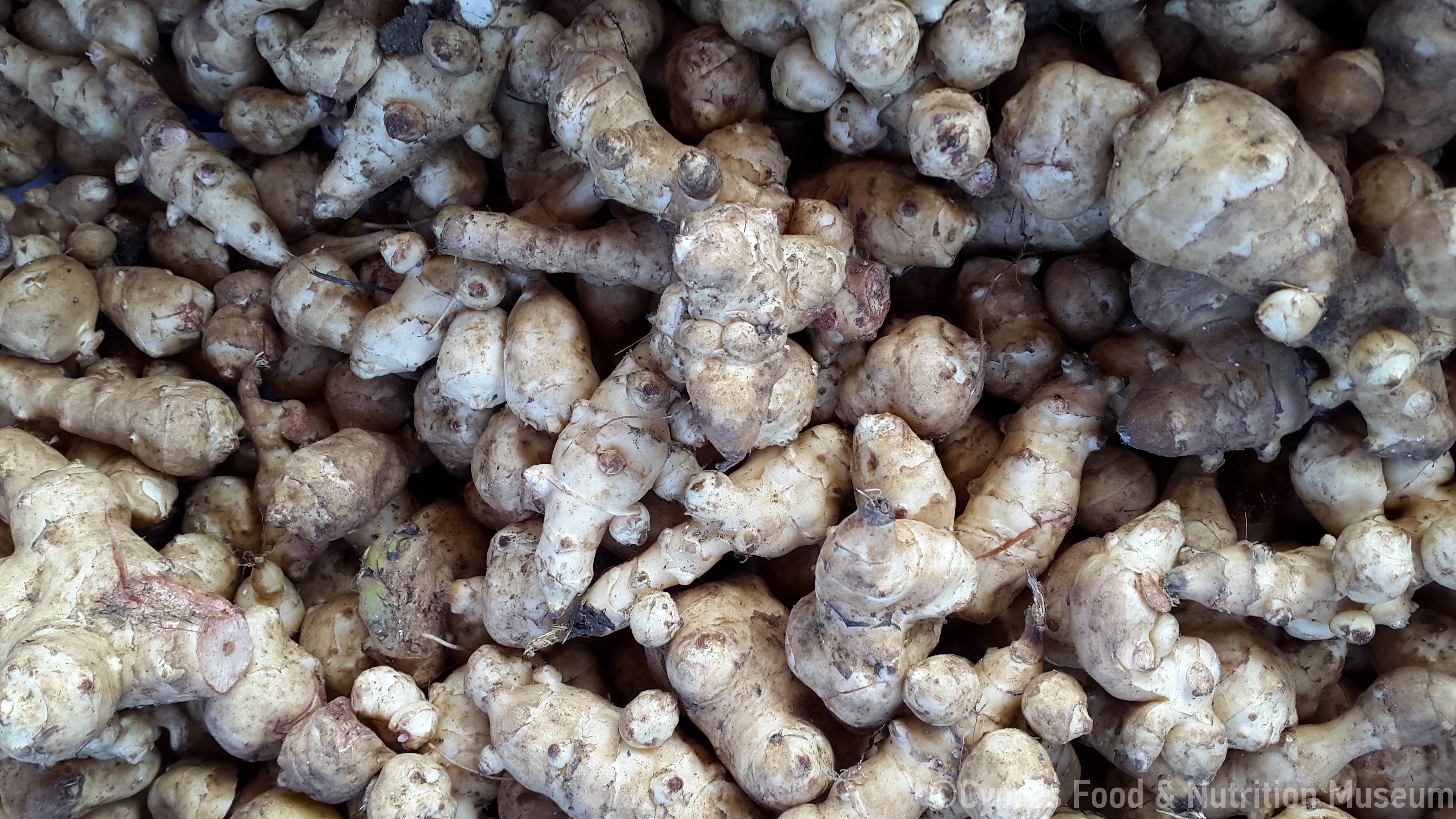It can be easily identified due to its reddish colour, which it acquires thanks to the fertile red soil of Kokkinochoria area, where it is mainly cultivated.
Name - Origin
Potatoes grown in reddish soil.
Its name dervices from the reddish colour, which it acquires thanks to the fertile red soil of Kokkinochoria area, where it is mainly cultivated.
Potatoes are grown in two main seasons, Sping and Autumn. They are planted in November/February and picked in April/ June. The potato seed is usually imported and certified. Part of the spring harvest is retained for its seeds that will be used in autumn; planting takes place in August/October with harvesting in November/December. Cultivation in both spring and autumn needs irrigation. After grubbing, the tubers are picked by hand or with special machines and the potatoes are packed while in the field in order to ensure their freshness. The cultivation of potatoes is usually rotated with winter cereals.
Functional and symbolic role
It can be cooked in many ways: baked in the oven, roasted, boiled, fried, stuffed, mashed, etc. It is also one of the main ingredients in various other dishes.
Additional information and bibliography
The Cypriot potato is famous for its delicious taste and firm texture. It is easily distinguished by its reddish colour, which is obtained from the fertile red soil of Kokkinochoria area, where it is mainly cultivated. It is also grown in the area west of Nicosia (Akaki, Peristerona and Astromeritis). The main cultivated varieties are Spunta, Marfona, Cara, Nicola, Sieglinde, Diamant, Timate, Liseta, Charlotte, Ditta, Filea, Superstar and others.
The exact period and conditions under which the potatoes were imported into Cyprus are not documented. Potatoes were an important food on the island before Cyprus became a British colony in 1878. The first reported import of potato seeds is in 1909. Until its independence, in 1960, the island was exporting potatoes mainly to Britain and Western Europe.
Ministry of Agriculture, Natural Resources and Environment, Department of Agriculture (2010).Γαστρονομικός χάρτης της Κύπρου, Nicosia, Press and Information Office 379.
Stalo Lazarou
